Mansa Abu Bakr II was the tenth Mansa (meaning king, emperor or sultan) of the Mali Empire. He ascended to the throne in 1312 and ruled for 25 years. During his reign, he oversaw the expansion of the empire and the construction of many mosques and madrasas. He was a devout Muslim and was known for his piety. In 1337, he embarked on a pilgrimage to Mecca. He was accompanied by a large entourage, including his court historian, Abu Bakr ibn Abd al-Kadir.
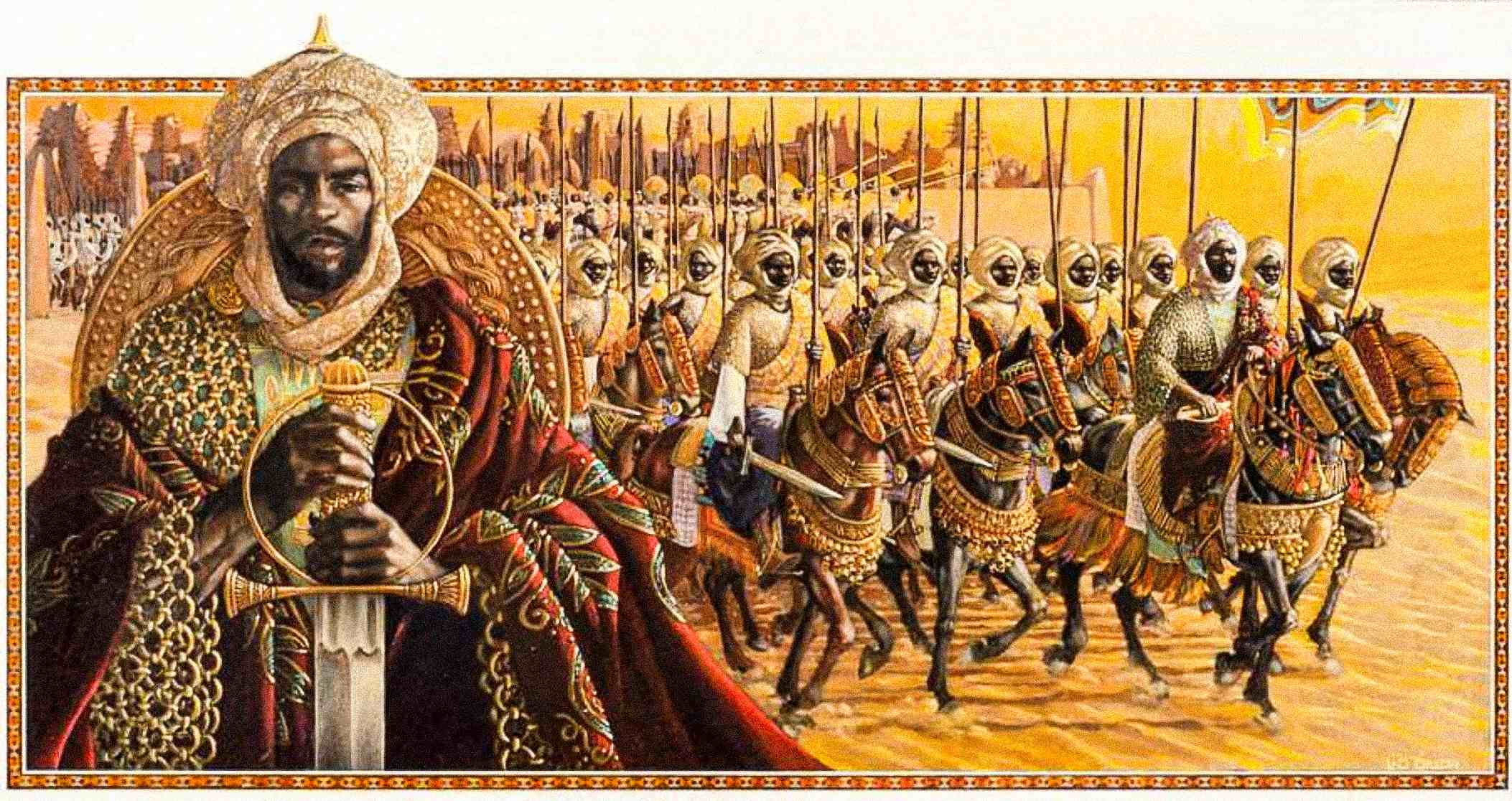
While on the pilgrimage, Mansa Abu Bakr II had a dream in which he was told to give up his throne and explore the Atlantic Ocean. He took this as a sign from God and, upon his return to Mali, he abdicated the throne. He then set out on a voyage down the Niger River with a fleet of ships. He was said to have explored the coast of West Africa and even crossed the Atlantic Ocean.
Mansa Abu Bakr II’s mysterious voyage
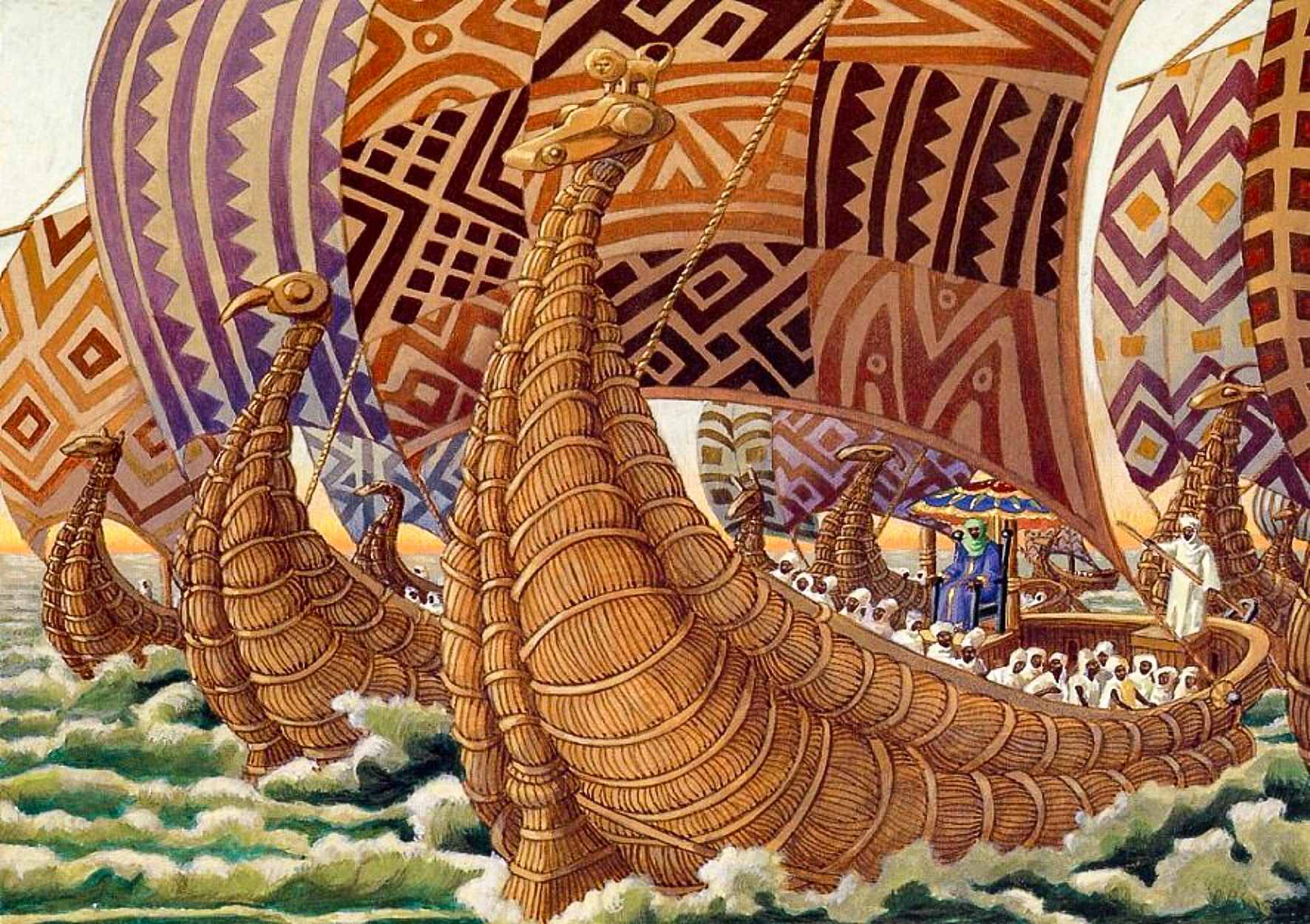
The expedition of Abu Bakr II (also known as Mansa Qu), the 14th century ruler of the Mali Empire, is surrounded by controversy. The best evidence we have for it comes from the Arab historian Shihab al-Umari, who met with Mansa Musa, Abu Bakr’s heir, in Cairo in the early 1300s.
According to Mansa Musa, his father refused to believe that there was no end to the ocean and outfitted an expedition of 200 ships full of sailors, food, and gold to find its edge. Only one ship returned.
According to the ship’s captain, they saw a roaring waterfall in the middle of the ocean which seemed to be the edge. His ship was at the back of the fleet. The rest of the ships were sucked in, and he only escaped by rowing backward.
The king refused to believe him and outfitted 3,000 ships to try again, this time traveling with them. He made Mansa Musa regent in his stead but never returned.
One English translation of al-Umari’s conversation with Musa is as follows:
“So Abubakar equipped 200 ships filled with men and the same number equipped with gold, water, and provisions, enough to last them for years…they departed and a long time passed before anyone came back. Then one ship returned and we asked the captain what news they brought.
He said, ‘Yes, Oh Sultan, we travelled for a long time until there appeared in the open sea a river with a powerful current…the other ships went on ahead, but when they reached that place, they did not return and no more was seen of them…As for me, I went about at once and did not enter the river.’
The Sultan got ready 2,000 ships, 1,000 for himself and the men whom he took with him, and 1,000 for water and provisions. He left me to deputies for him and embarked on the Atlantic Ocean with his men. That was the last we saw of him and all those who were with him. And so, I became king in my own right.”
Did Abu Bakr reach the Americas?
Several historians have speculated that merely sailing on the Atlantic Ocean, Abu Bakr had sailed across this body of water, and even reached the Americas. This extraordinary claim has been supported by a legend among the native Taino people of Hispaniola of black people who arrived before Columbus with weapons made of an alloy containing gold.
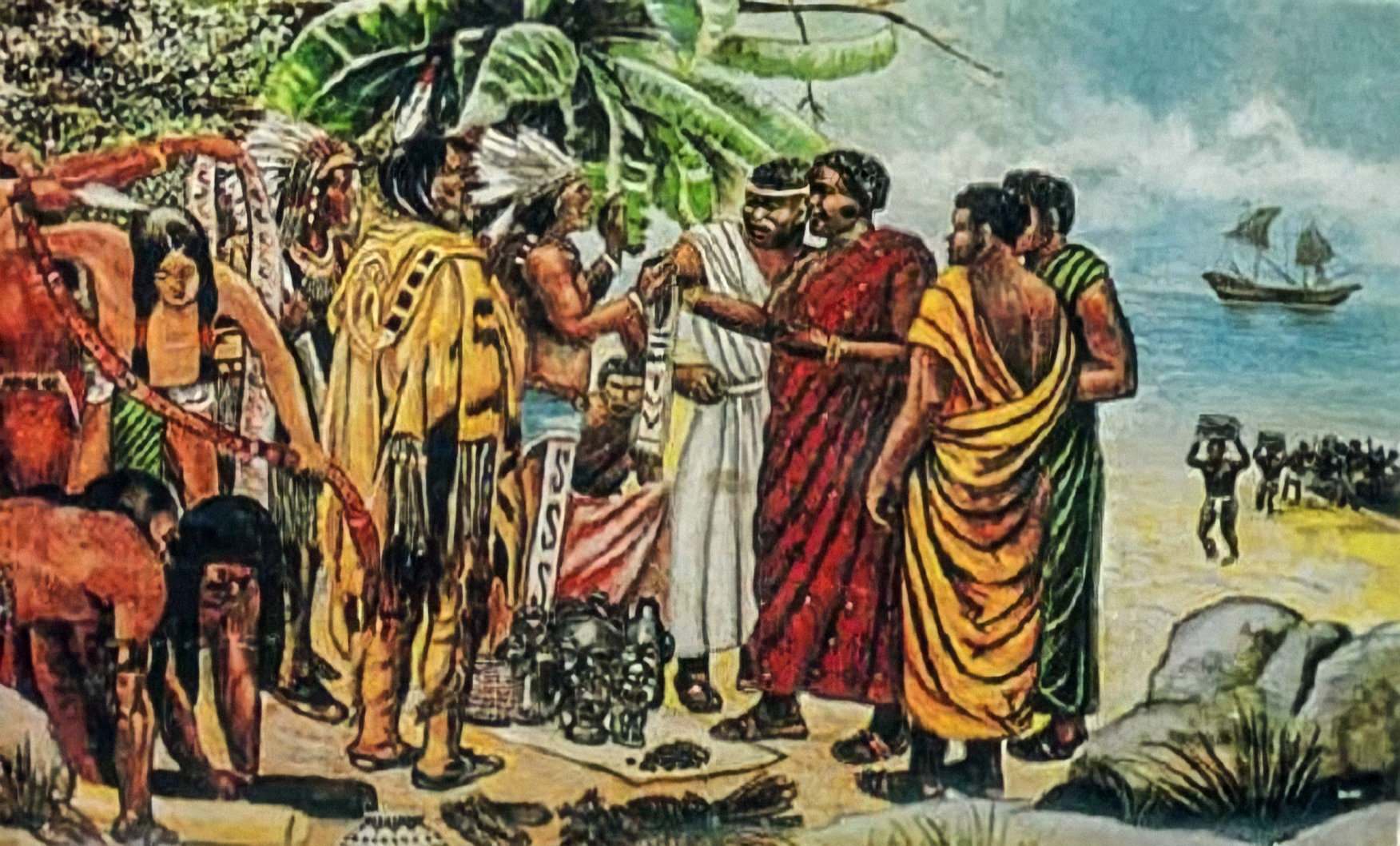
Evidence that seem to support such claims have even been presented. Place names on old maps, for example, are said to show that Abu Bakr and his men had landed in the New World.
The Malians are claimed to have named certain places after themselves, such as Mandinga Port, Mandinga Bay and Sierre de Mali. The exact locations of such sites, however, are unclear, as one source states that these places are in Haiti, whilst another puts them in the region of Mexico.
Another common argument is that metal goods from West Africa were discovered by Columbus when he arrived in the Americas. One source claims that Columbus himself reported that he had obtained metal goods of West African origin from the Native Americans. Another source asserts that chemical analyses of gold tips found by Columbus on spears in the Americas showed that the gold probably came from West Africa.
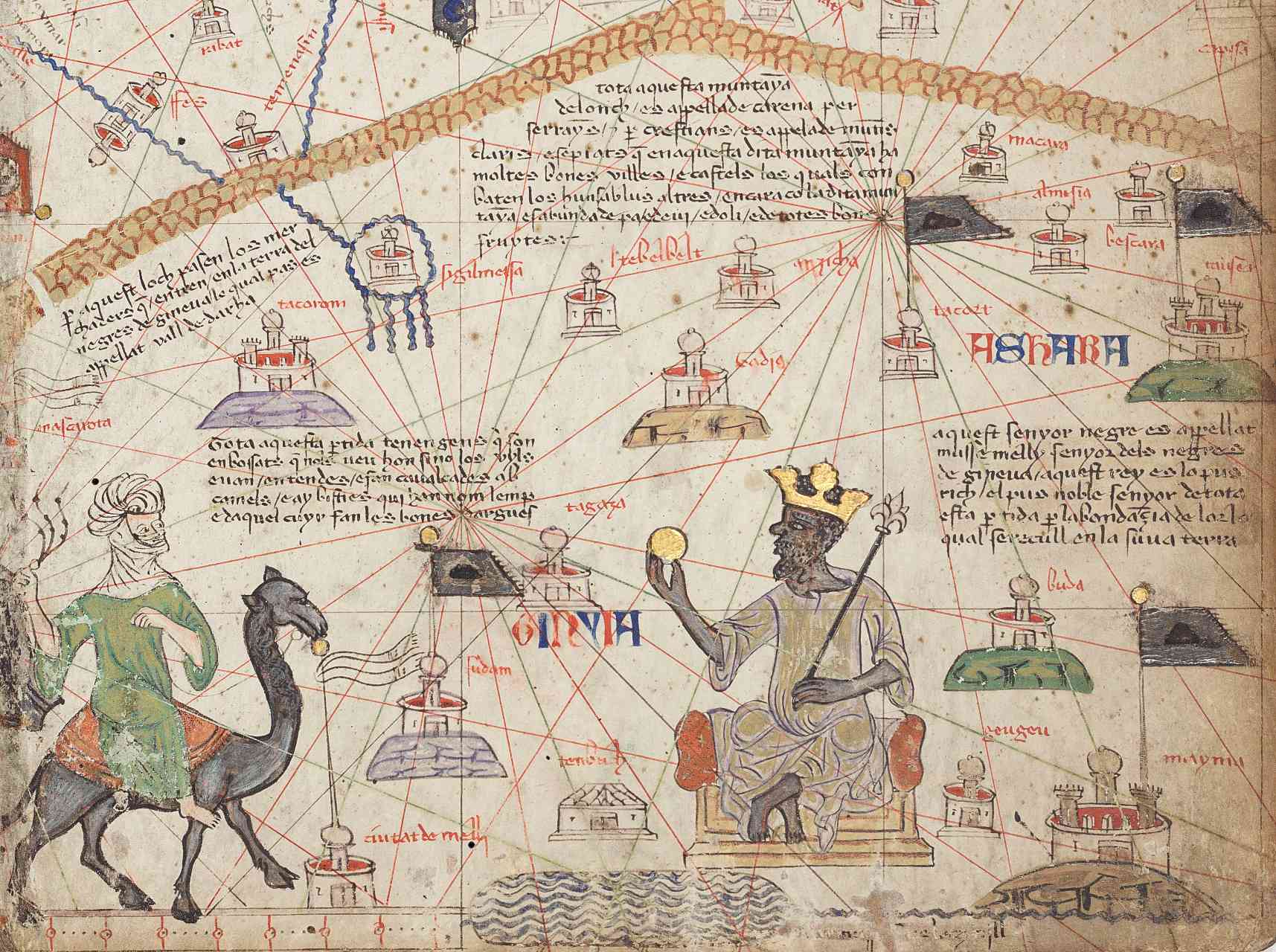
Many other examples of the purported Malian presence in the New World have also been given, including skeletons, inscriptions, a building that looked like a mosque, linguistic analyses, and carvings said to depict Malians.
Such evidence, however, is not entirely convincing, as the sources that list them do not provide additional information or references to further support their claims. For example, rather than merely stating that places named by the Malians were found on old maps, it may be more persuasive if credible examples to these ‘old maps’ were given.
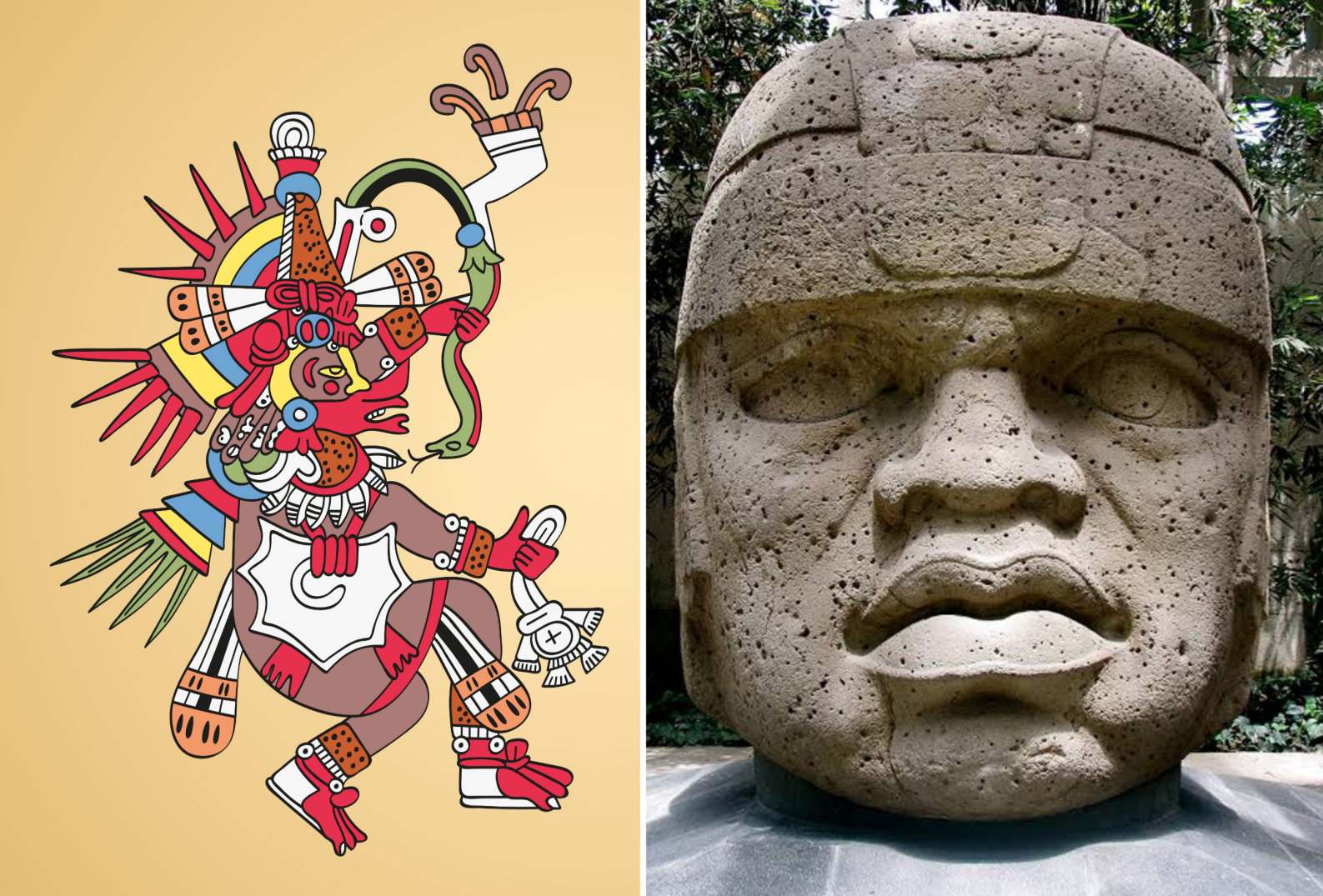
On the other hand, many historians have dismissed all these claims, saying that no archaeological evidence of any such connection has ever been found. One thing is certain: Abu Bakr never returned to reclaim his kingdom, but the legend of his expedition has lived on, and Mansa Abu Bakr II has become known as one of the greatest explorers in history.




